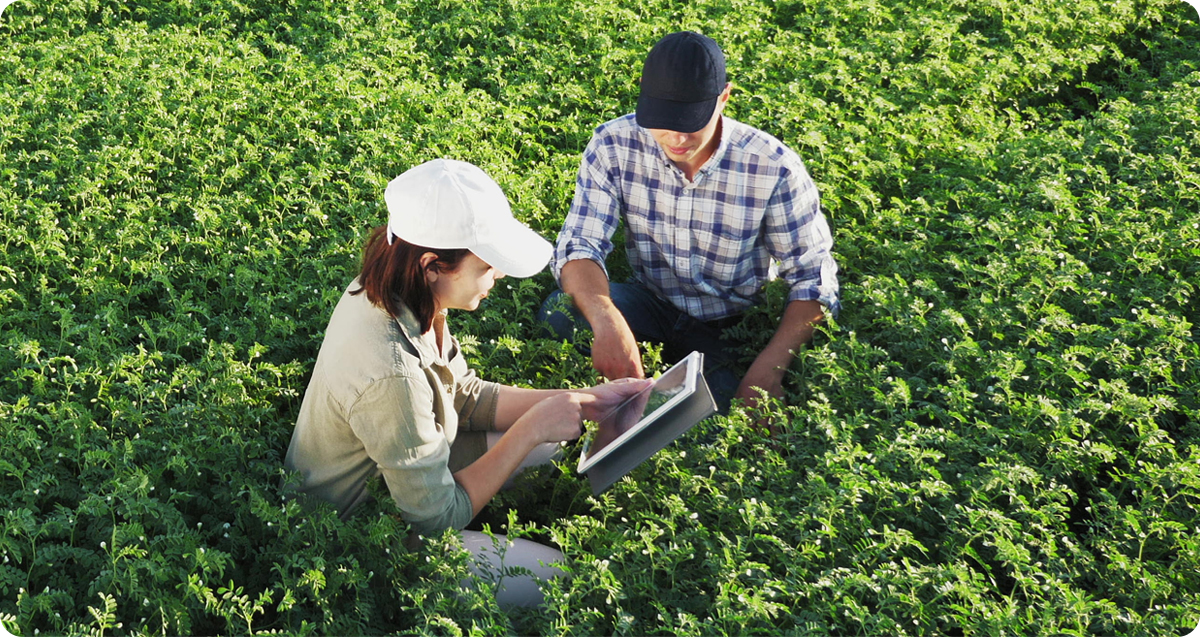August 28, 2025
From droughts to sudden duty shifts, pulses are notoriously hard to predict. AI now promises sharper forecasts by processing thousands of signals — pulling in everything from satellite rainfall to farmer WhatsApp chatter. But the bigger question looms: who gets to benefit, and who risks being left behind?


Algorithms meet agriculture: AI is reshaping how pulse markets anticipate global dynamics.
For decades, traders, economists, and policymakers have relied on a set of well-established models to make commodity forecasts. These include ARIMA (Auto-Regressive Integrated Moving Average), Exponential Smoothing, VAR (Vector Auto Regression), GARCH (Generalized Autoregressive Conditional Heteroskedasticity), and even Forecast Combination approaches that blend multiple models. These methods, as noted in reports by the International Monetary Fund and the European Central Bank over the past decade, have been useful in capturing broad price trends and volatility patterns.
READ THE FULL ARTICLEDisclaimer: The opinions or views expressed in this publication are those of the authors or quoted persons. They do not purport to reflect the opinions or views of the Global Pulse Confederation or its members.